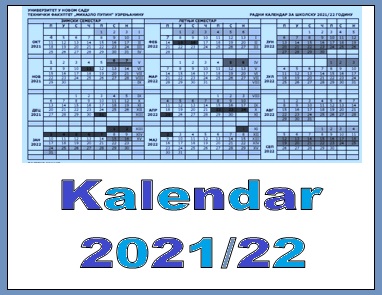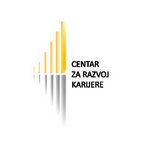Description
Methods of analysis and synthesis of TPF; Mathematical models for TPF; Efficiency criteria for TPF; Limitations in design and operation of TPF; Analysis and optimisation of TPF: energetic, economic and environmental aspects; TPF and environment; Method for evaluation of multimedia pollution; Policy for decreasing the effects of pollution from the production, distribution and spending of energy and scenarios for efficient utilisation.
Thermoeconomic and ecological analysis and optimisation of TPF; Functional analysis; Phases of pollution reduction and pollution measures, pollutants harmfulness factor; Energetic, economic and environmental goal function and optimisation; Environmental and social expenditures as a part of pollution prevention; Example of application on the steam-turbine cogeneration facility with desulphurisation of combustion products; Cost-benefit analysis of TPF with the calculation of environmental costs; Application of economic measures and environment;
Methodologies and procedures for risk assessment of industrial facilities; Determination of probability for failures, safety, medical, ecological and economic consequences of failures; Formation of risk matrices; Methods for risk reduction.
General information
Study program: Graduate studies
ECTS: 4
Semester: 1.
Lectures: 2
Exercises: 2
Lecturer
Branka Nakomcic-Smaragdakis, associate professor
Email: nakomcic@uns.ac.rs
Course books
- Bejan A, Tsatsaronis G, Moran M, Thermal Design and Optimization, John Wily and Sons, 1996.
- Nakomcic B, TP postrojenja sa energetskog, ekoloskog i ekonomskog aspekta, FTN interno izdanje, 2005
- Nakomcic B, Metodologija i procedure za procenu rizika, FTN interno izdanje, 2005.











